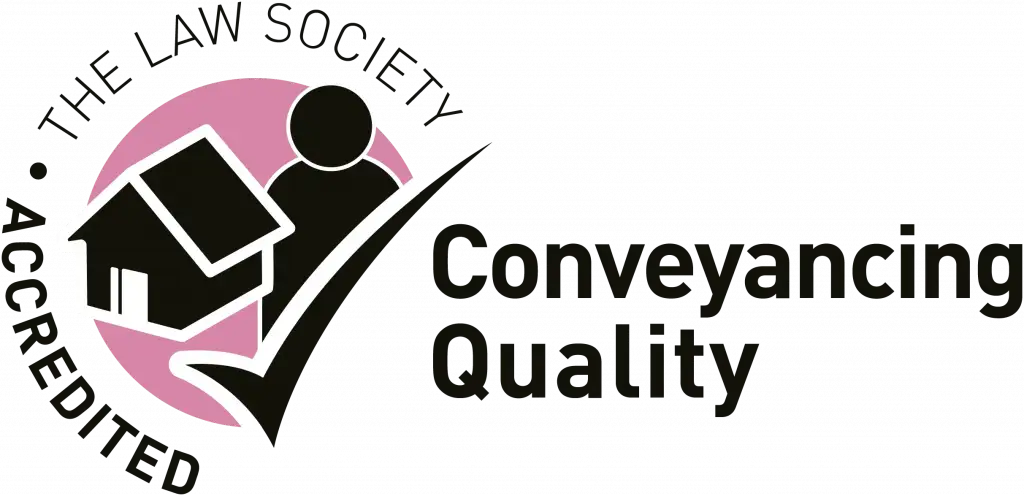What is Sole Custody?
When parents separate or divorce, one of the most important questions concerns who the child will live with. Formerly known as “sole custody,” the legal system in England and Wales now refers to this arrangement as a child living under a “lives with” order. Below, we outline the process and key considerations if you’re seeking sole custody of a child.
What is Sole Custody?
Sole custody means one parent assumes full legal responsibility and control over a child’s care and upbringing. In modern legal terms, this typically corresponds to securing a “lives with” Child Arrangements Order, indicating the parent with whom the child primarily resides.
A Shift in Terminology
- Old terms: “Sole Custody” and “Joint Custody”
- New terms: Child Arrangements Orders, specifically “lives with” or “spends time with” provisions
“Lives With” Child Arrangements Order
A “lives with” Child Arrangements Order sets out where a child lives and names the primary carer. While commonly issued after divorce or separation, these orders can also apply to other family members (e.g., step-parents or grandparents) if they become the main guardian.
Why “Parental Responsibility” Matters
Parental responsibility is central to any decision about where a child lives, including:
- Responsibility for the child’s wellbeing
- Authority to make decisions about education, healthcare, and daily life
How to Apply for Sole Custody
1. Mediation
Before applying to court, you must usually attend a Mediation Information and Assessment Meeting (MIAM). This helps determine if mediation could resolve the dispute without court intervention.
2. Court Application
If mediation fails or there are serious safeguarding concerns (e.g., violence or abuse), the next step is applying to the Family Court for a Child Arrangements Order.
- C100 Form: Outlines why you want sole custody and your proposed arrangements.
- C1A Form: If allegations of harm or abuse are involved, provide details of concerning behaviour.
3. Court Hearings
The court will review your application and schedule one or more hearings. You’ll need to show that sole custody is in the child’s best interests, highlighting factors such as:
- Your ability to provide stable, nurturing care
- The child’s current needs, routines, and attachments
- Any evidence of potential risk from the other parent, if applicable
What Happens After Applying?
If the court grants a “lives with” Child Arrangements Order in your favour, you become the primary carer. The other parent may still be entitled to contact, which could range from regular visits to supervised arrangements or indirect communication via letters and calls, depending on the circumstances and the child’s welfare.
Support from HM & Co. Solicitors
Seeking sole custody can be emotionally challenging—especially if the situation involves disagreements, safeguarding issues, or complex family dynamics. At HM & Co. Solicitors, our child law experts:
- Guide you through each step of the application process
- Offer empathetic, professional advice tailored to your circumstances
- Represent your interests in court if required, focusing on the best outcome for you and your child
Need Further Advice?
For more information on Child Arrangements Orders, sole custody, or any related family law matter, contact HM & Co. Solicitors:
HM & Co. Solicitors
186 Lower Road, Surrey Quays
London SE16 2UN
Telephone: 02071128180
Email: info@hmsolicitorsltd.com
We’re here to ensure that you and your child receive clear, expert support and that your child’s welfare remains the top priority.
Your Questions, Answered
FAQs
Sole Custody FAQs
1. What does “sole custody” mean in the UK?
“Sole custody” refers to a situation where one parent has primary care and control of the child. Legally, the term is no longer used—courts now issue Child Arrangements Orders, which can specify that a child “lives with” one parent.
2. How do I apply for sole custody?
- Attempt Agreement: Try to agree arrangements with the other parent, possibly through mediation.
- Attend a MIAM: A Mediation Information and Assessment Meeting is typically required before applying to court.
- File Court Forms: If no agreement is reached or there are serious concerns (e.g., abuse), submit a C100 form to the family court (plus a C1A form if alleging harm).
3. What happens during the custody court process?
- First Hearing Dispute Resolution Appointment (FHDRA): The court identifies key issues and encourages an agreement.
- Additional Hearings: Often called Dispute Resolution Appointments. If no agreement is found, further evidence may be heard.
- Final Hearing: A judge decides what arrangements serve the child’s best interests, often referring to the Welfare Checklist.
4. What are the “grounds” for sole custody?
You must show that it is in the child’s best interests to live with you. Common grounds include:
- A history of abuse, neglect, or substance misuse by the other parent
- Inability or unwillingness of the other parent to provide a stable environment
- Evidence that shared care would not be in the child’s welfare
5. How do courts decide whether to grant sole custody?
The family court uses the Welfare Checklist under the Children Act 1989, which considers:
- The child’s wishes and feelings (depending on age and understanding)
- Their physical, emotional, and educational needs
- The likely effect of any changes in circumstances
- Their age, sex, background, and relevant characteristics
- Any risk of harm
- Each parent’s ability to meet the child’s needs
- Whether making an order is better than making no order at all
6. Does “sole custody” mean the other parent has no rights?
Not necessarily. In most cases, the non-custodial parent keeps parental responsibility, which includes the right to be informed about major decisions. They may still have contact arrangements outlined in the court order, unless there are serious safeguarding concerns.
7. Can the other parent still see the child if I have sole custody?
Yes—unless a court has specifically restricted or prevented contact due to safety reasons. Typically, a Child Arrangements Order will include provisions for the non-resident parent to maintain a relationship with the child, such as supervised visits or indirect communication.
8. How much does it cost to go to court for child custody in the UK?
- Court fee: £255 to submit your application for a Child Arrangements Order.
- Legal fees: Vary depending on complexity, whether a solicitor is hired, and if disputes are lengthy.
9. Can I apply for sole parental responsibility as well?
If you’re not the child’s mother, you may seek parental responsibility by showing a connection to the child (e.g., father, step-parent). Multiple people can share parental responsibility. However, the court will again focus on the best interests of the child.
10. Why choose HM & Co. Solicitors?
Our family law specialists have in-depth knowledge of child custody proceedings. We guide you through mediation attempts, court processes, and all legal documentation—ensuring your child’s welfare remains the top priority.
Need More Information?
HM & Co. Solicitors
186 Lower Road, Surrey Quays
London SE16 2UN
Telephone: 02071128180
Email: info@hmsolicitorsltd.com
By working with an experienced legal team, you’ll have clarity and reassurance throughout the entire process of seeking sole custody.
Services
Our Divorce Services
Children’s Solicitors: Supporting You and Your Children
Book Appointment Children’s Solicitors: Supporting You and Your Children When caring for your children, you deserve support as well. Whatever challenges you face as a family—be it acrimonious or amicable—our…
What is Special Guardianship Orders?
Book Appointment What Is a Special Guardianship Order? When a family crisis arises and children cannot be cared for by their birth parents, relatives or close friends might need to…
What is Child Custody Agreements?
Book Appointment Children’s Solicitors: Supporting You and Your Children When parents separate, one of the most difficult and emotional questions they face is how to arrange the care and upbringing…
Social Services & Care Proceedings: What You Need to Know
Book Appointment Social Services & Care Proceedings When social services become involved due to concerns for a child’s welfare, the resulting process—often referred to as child care proceedings—can be stressful…
International Child & Family Law
Book Appointment International Child & Family Law When parents separate and one or both have ties overseas, international family law can play a major role in shaping child custody and…
Testimonials
What Our Clients Are Saying











